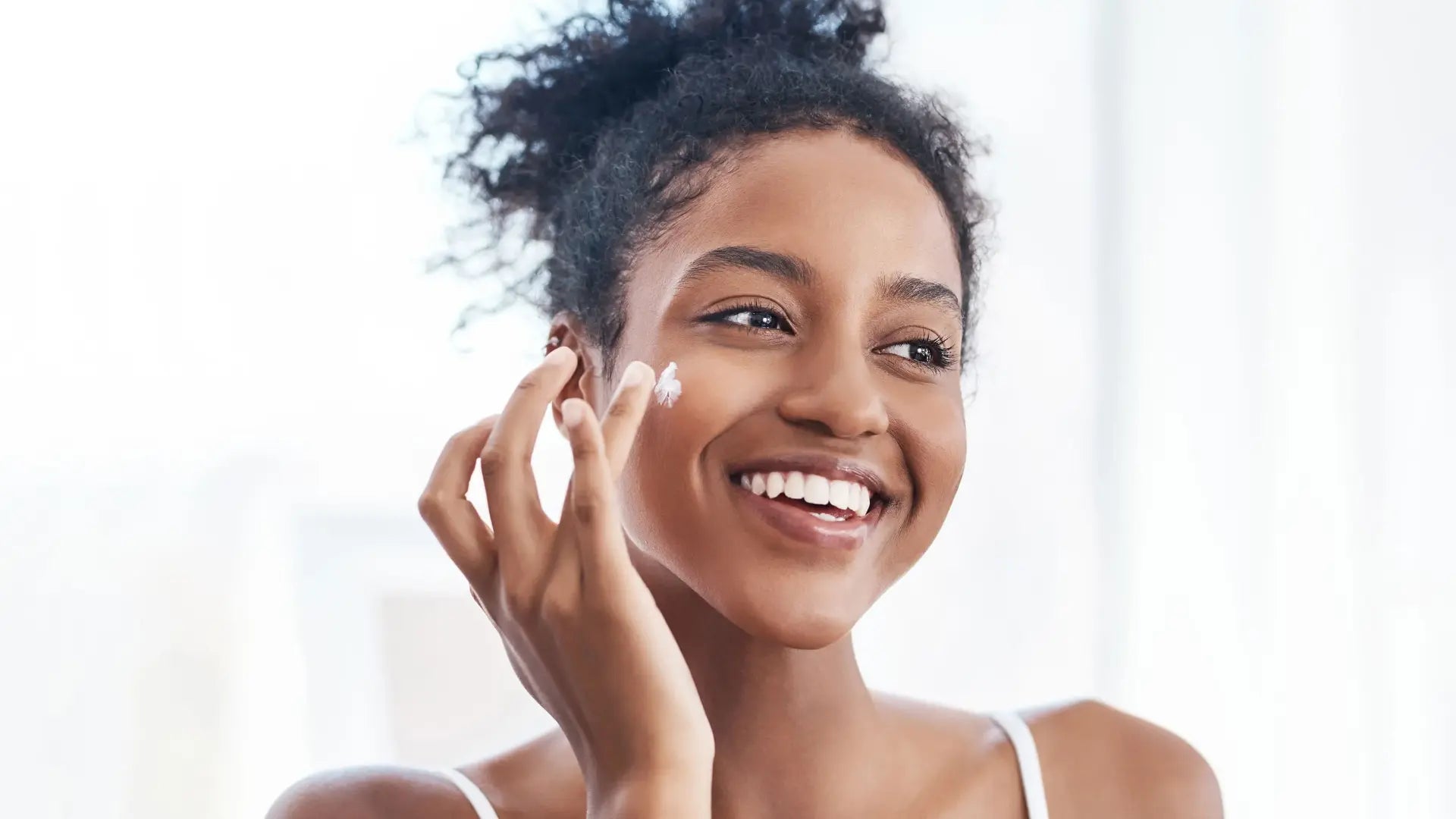
Non-Surgical Treatment FAQ
What to know about prescription injectable treatments
Some people consider non-surgical options for the under-eye area, but suitability can vary between individuals.
Using too much product in the under-eye area may lead to an unnatural look. For this reason, treatments in this region are typically approached with caution.
Non-surgical treatments for the under-eye area are sometimes considered by people at different stages of life. However, factors such as changes in skin and facial structure mean that suitability can vary. Approaches in this region are generally taken with care, as overuse may affect the natural appearance.
Some people explore non-surgical options for the under-eye area, and these approaches are generally considered carefully. Different techniques may be discussed with a qualified clinician depending on individual circumstances.
Are non-surgical treatments available for the area around the mouth?
Yes, it can, but technique and moderation are important considerations. When treatments are used in this area, a conservative approach is often recommended to help preserve natural facial movement.
Lines around the mouth, sometimes called nasolabial folds, can become more noticeable over time. Their presence is normal and can be seen in people of all ages.
Non-surgical treatments for lines around the mouth should be approached with caution. Overuse in this area may affect the natural appearance.
How long do non-surgical treatments last?
Previously, some non-surgical treatments were thought to break down completely over time. Research indicates that effects can vary depending on individual factors, and changes may not always be visible on the surface.
Adding additional non-surgical treatments in the same area should be considered carefully. The effects of repeated treatments can vary between individuals, and outcomes may not always be predictable.
Non-surgical treatments in the same area are generally approached with care. The timing and frequency of treatments can vary between individuals, and what works for one person may not be suitable for another.
Are non-surgical treatments used in the temple area?
Non-surgical treatments in the temple area are not intended to lift the eyebrows. Changes in the eyebrow position can be influenced by overall facial structure, and suitability of treatments in this area varies between individuals.
Non-surgical treatments in the temple area are generally approached with caution. Some individuals may explore options to address minor changes in the temple region, though outcomes can vary between people.
Changes in volume in the temple area are a normal part of facial anatomy. Some people explore non-surgical options for this region, though approaches and outcomes can vary between individuals.
Non-surgical approaches in this area are generally considered with caution, and suitability can vary between individuals.
What should I know before considering non-surgical treatments, and how are they generally managed?
The areas where non-surgical treatments are sometimes considered can vary depending on individual facial anatomy and natural changes over time. Here are some regions that are commonly discussed in informational resources:
-
Temples: Non-surgical treatments are sometimes explored in the temple area, though approaches and outcomes can vary between individuals.
-
Lower eyelids: The under-eye area may be a focus for some non-surgical options, with suitability varying between people.
-
Upper eyelids: Some people consider treatments in the upper eyelid region, depending on individual factors.
-
Lips: Non-surgical options for the lips are sometimes discussed, though suitability and effects differ between individuals.
- Pre-canine fossa (beside the nose): The area beside the nose is occasionally addressed with non-surgical approaches, with outcomes varying by individual.
People in their 30s to early 40s may begin to notice changes in their facial appearance. At this stage, skin elasticity and structure can differ from earlier or later decades, which may influence treatment considerations.
For people with changes in skin elasticity, suitability of non-surgical treatments can vary. Some individuals may explore multiple approaches under professional guidance, though outcomes are highly individual.
Non-surgical treatments can be approached in stages, and the timing and suitability of treatments vary between individuals.
Are non-surgical treatments sometimes used for smile lines?
Smile lines, also called laugh lines or marionette lines, develop over time due to repeated facial expressions. They are a normal feature of facial movement and appear in most people as they age.
Smile lines can appear more noticeable over time due to changes in facial structure. While facial movement contributes, a combination of factors can influence how these lines develop.
Smile lines can become more noticeable over time due to changes in facial structure. While facial movement plays a role, multiple factors can influence how these lines appear.
Non-surgical treatments for the area around the mouth are sometimes considered by individuals, though suitability and effects can vary. Approaches in this area are generally managed with caution to account for individual differences in tissue and facial structure.
At Flawless aesthetics, non-surgical treatments are sometimes explored to address areas of the face that change over time. Approaches vary depending on individual needs, and the focus is on providing information about different options rather than promising specific outcomes.

